Explanation: 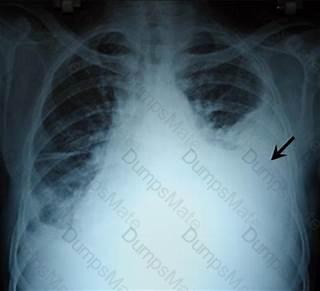 Hemothorax
Hemothorax
Diminished breath sounds are one of the symptoms that may indicate hemothorax or internal bleeding in a video-assisted thoracic surgery (VATS) patient. VATS is a minimally invasive surgical technique that uses a small video camera (thoracoscope) and special instruments to access the chest cavity through small incisions1. Hemothorax is a condition where blood accumulates in the pleural space, the area between the lungs and the chest wall2. Hemothorax can occur as a complication of VATS due to injury to the lung, blood vessels, or chest wall during the procedure3. Hemothorax can cause compression of the lung and reduce its expansion, leading to diminished breath sounds on the affected side2. Other symptoms of hemothorax may include chest pain, shortness of breath, low blood pressure, rapid heart rate, and pale or clammy skin2.
Internal bleeding is another possible complication of VATS that can cause similar symptoms as hemothorax. Internal bleeding can occur due to damage to the major vessels, such as the aorta, pulmonary artery, or vena cava, during VATS. Internal bleeding can cause hypovolemia, which is a decrease in the volume of blood in the body, and hypoxemia, which is a low level of oxygen in the blood. These conditions can impair the delivery of oxygen to the tissues and organs, including the lungs, and cause diminished breath sounds, as well as other signs of shock, such as confusion, weakness, dizziness, and loss of consciousness.
Pain with deep inspiration, bradycardia, and hypertension are not typical symptoms of hemothorax or internal bleeding in a VATS patient. Pain with deep inspiration may be a normal postoperative finding after VATS, as the incisions and the chest tube may cause discomfort. Bradycardia and hypertension may be caused by other factors, such as medications, cardiac disorders, or neurological conditions, but they are not directly related to hemothorax or internal bleeding .
References:
- 1: Video-Assisted Thoracoscopic Surgery (VATS) | Johns Hopkins Medicine
- 2: Hemothorax: Causes, Symptoms, Diagnosis & Treatment - Cleveland Clinic2
- 3: Complications of video-assisted thoracoscopic surgery: a retrospective analysis of 3000 cases - PubMed
- : Major vascular complications after video-assisted thoracoscopic surgery: a case report and literature review - PubMed
- : Video-Assisted Thoracoscopic Surgery (VATS) | Michigan Medicine
- : Bradycardia - Symptoms and causes - Mayo Clinic
- : High blood pressure (hypertension) - Symptoms and causes - Mayo Clinic



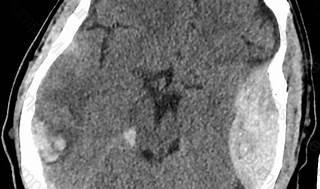 Epidural hematoma
Epidural hematoma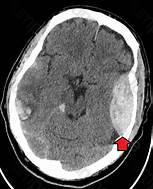
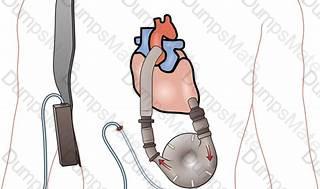 Ventricular assist device
Ventricular assist device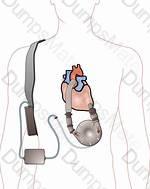
 Hemothorax
Hemothorax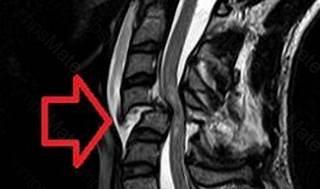 Spinal cord injury
Spinal cord injury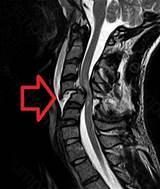
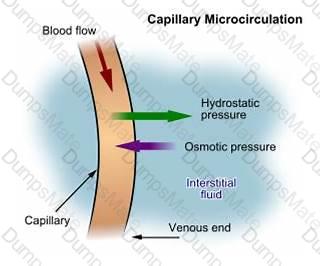 Hypovolemic shock
Hypovolemic shock
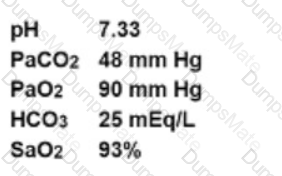
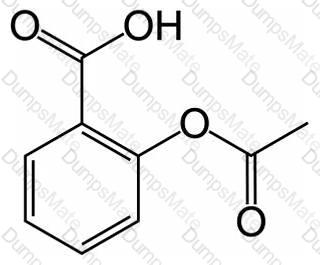 Salicylate poisoning
Salicylate poisoning
